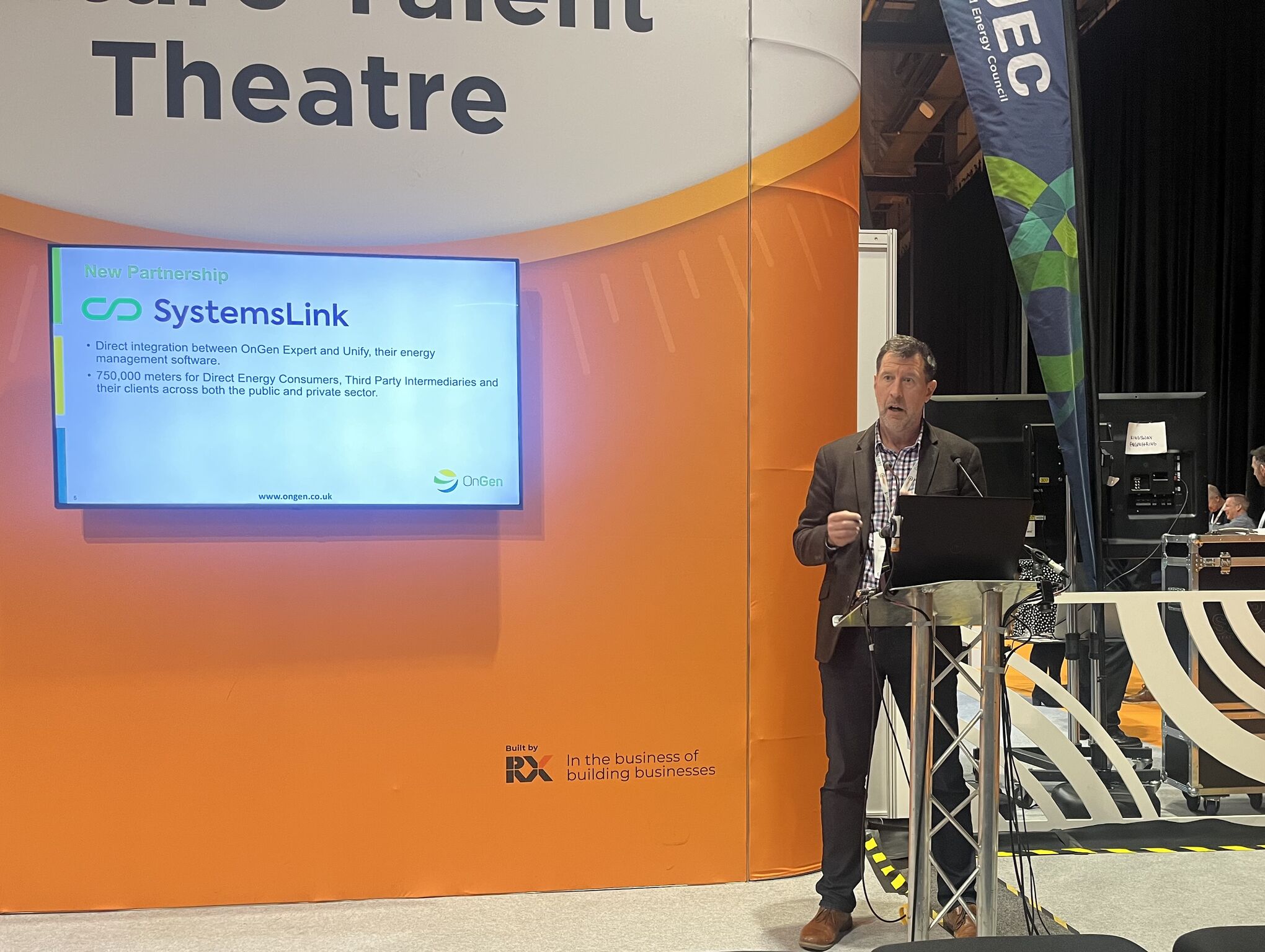The way your business is charged for some of its non-commodity costs is changing – which means you may need to adapt your energy management strategy to avoid higher energy bills. By making changes now, you can mitigate the impact of these changes on your business’s bottom line – here’s what you need to know.
Currently, energy suppliers pass on the cost of installing and maintaining the transmission network to business customers through the Triad charging system. Your Transmission Network Use of System costs are based on how much energy your business uses during the Triad periods – the three half-hourly periods when system demand is at its highest between November and February each year (at least 10 days apart). This year, for example, your TNUoS rates will be based on the amount of energy you used during the 3 half-hourly periods below:
● Monday 7 December 2020, between 5pm-5.30pm
● Thursday 7 January 2021, between 5.30pm-6pm
● Wednesday 10 February 2021, between 6pm-6.30pm
The exact price you will pay will depend on where your site is located, but those in the most costly regions (like London) will face charges of up to £59,267 per megawatt this year. However, Triads are soon set to be removed, which will mean that the way you pay for your TNUoS costs – and the steps you will need to take to reduce this part of your bill – will change.
What’s changing (and why)
As the existing Triad system is based on time-of-use, many businesses that have the flexibility to reduce their consumption are able to minimise their TNUoS charges by limiting their usage during winter peak demand periods (typically 4-7pm). However, in 2019, Ofgem’s Targeted Charging Review concluded that the Triad system isn’t fair to those businesses that cannot shift their consumption away from peak periods, and thus face higher TNUoS costs.
Ofgem have therefore decided to replace the Triad system with a fixed charge system. The fixed charge your business will pay will be calculated using a banding system that’s based on your site’s Agreed Supply Capacity and voltage level. These changes were due to come into force in April 2022, but Ofgem is currently consulting on whether to push back these changes to April 2023 in order to give businesses more time to adapt to the new charges. We expect that the consultation will receive widespread support from stakeholders, which will mean that the Triad system will stay in place for two more winters before being replaced by the new fixed cost system.
How can my business prepare for the changes?
If your organisation currently reduces or shifts its consumption to avoid Triad periods, you should be able to continue to benefit from this strategy until 2023 (depending on the outcome of Ofgem’s consultation). However, whether or not your business has the ability to be flexible, you need to prepare for these changes now to stop your bills from rising – here’s how:
1. Reduce your overall consumption
You may or may not be able to reduce your consumption during peak periods, but every business should be working to bring their overall energy usage down. By reducing the amount of energy you use in general, you should be able to minimise the amount you use during Triad periods. You may also be able to bring your Agreed Supply Capacity level down as a consequence, which will reduce your rates when the fixed charges come into force. Software like SystemsLink’s Energy Manager can help you to get to grips with your usage and identify areas for greater efficiency – find out more here.
2. Check your Agreed Supply Capacity level
When the TNUoS charging changes are implemented, your fixed charge will be calculated based on your site’s voltage level and Agreed Supply Capacity, so it’s important to ensure your Agreed Supply Capacity is set at the optimum level. If it’s too high, you’ll pay more than you need to for your TNUoS costs; if it’s too low, you’ll be charged when you exceed it. Energy Manager’s customisable dashboards and reports give you a clear view of your typical consumption and maximum demand, so you can see whether your Agreed Supply Capacity is set at the right level for your business.
3. Stay up-to-date with cost changes
While we expect the charging changes to be delayed until 2023, Ofgem’s consultation is still open, and there’s a possibility that dates may change. It’s therefore vital that you monitor any updates on this consultation, as if the stakeholders don’t agree with Ofgem’s proposal to delay the changes, then they may come into force in less than a year (April 2022), giving you less time to prepare for them. SystemsLink’s weekly ICON briefings and Instant Insights updates can help you to stay on top of changes right across the energy industry, so you can ensure your organisation is never caught by surprise or left facing higher charges unexpectedly.
Prepare for charging changes with SystemsLink
With SystemsLink’s Energy Manager software, it couldn’t be easier to get a clear view of your consumption and identify areas for greater efficiency, so you can bring your Agreed Supply Capacity down and reduce your TNUoS costs. To find out more about the benefits of Energy Manager, click here.




